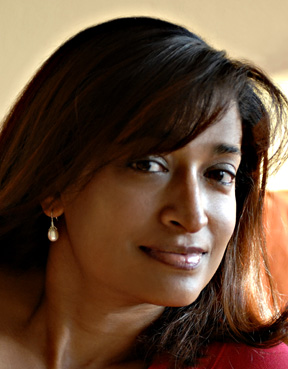Review
New York photographer who has made photo reports all over the world, portraying situations such as natural disasters, systemic violence against women, refugee crises, famines or wars, in addition to dealing with other less extreme topics, such as foster care, the feminist struggle or childhood development. She has participated in numerous festivals and has received several awards for her work.
Justifications
- She is a photojournalist who denounces situations of inequality and collaborates with the press and various NGOs for a fairer world (foster care, feminist struggle, childhood, gender violence).
- Photojournalist who portrays current historical issues (wars, catastrophes).
- She is part of a women's group that works in a very masculinized field.
Biography
Radhika Chalasani lives in New York but works all over the world. Her credits include reporting from Vietnam as its isolation ended, the refugee crisis in Rwanda, the civil war in the Congo, Hurricanes Katrina and Sandy, the drama of the Vrindavan widows in India, and the famine in Sudan. In addition to conflicts and catastrophes, she also photographs other types of less extreme stories, such as spas for girls, the trips of Americans to Mexico to buy medicines or the program of raising puppies with prisoners Puppies Behind Bars.
She has participated in numerous festivals and received many awards for her different works. For example, with her work in Africa she participated in the Perpignan Visa Pour l'Image festival, and also received four awards in the Pictures of the Year competition in the United States. Her black-and-white reportage of the famine in Sudan received the Special Jury Prize at the Festival International du Scoop et Journalisme in Angers, France. She also received the American Society of Media Photographers International Photography Award in 2007.
She works for media such as The New York Times, Time magazine and CNN and she is a volunteer photographer for non-profit media.
This biography has been translated and adapted from the photographer's own LinkedIn page. (https://www.linkedin.com/in/radhikachalasani/, retrieved on 14/04/2022) and from her website. (http://radhikachalasani.com/about-radhika/, retrieved on 14/04/2022).
Works
- Puppies Behind Bars (1998)
- Sudan Famine (1998)
- Spa Kids ( 2005)
- Hurricane Graffiti (2006)
Didactic approach
Depending on the approach, she can be studied on the following subjects:
- English: based on articles such as the one quoted from The Guardian, reflect on whether people who report a conflict should intervene in specific situations. She can be studied taking into account her professional life or with information from her website, since everything is in English.
- She can also be tackled on Education for Citizenship/ Ethical Valuesto reflect on any of the issues that Radhika deals with: gender violence, wars, consequences of catastrophes, foster care, the situation in prisons, etc.
- Contemporary History: genocides, wars, famines and migration crises in Africa, heirs of decolonization.
Documents
